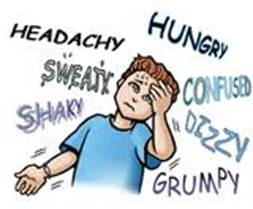

Physical activity (PA) provides many benefits to adolescents with type 1 diabetes including improved blood lipid profiles, cardiovascular fitness, bone health, and psychological well-being. PA is also inversely associated with levels of adiposity and stress.

The following study throws light into the evidence that vigorous physical activity in type 1 diabetes in the evening results in hypoglycemia or low sugars during the night and the next day.

The researchers evaluated the acute temporal associations between moderate-to-vigorous intensity physical activity and hypoglycemia (continuous glucose monitor [CGM] reading ≤70 mg/dL). Nineteen participants (53% females) 14–20 years old with type 1 diabetes were recruited.

They found that in adolescents with type 1 diabetes, a 30-min increase in afternoon/evening moderate-to-vigorous intensity physical activity increases the risk of hypoglycemia by 43% overnight and 31% on the following day. The associations are independent of sex, fitness, and adiposity. Additionally, higher fitness levels are associated with an increased risk of hypoglycemia.

This indicates the importance of educating adolescents with type 1 diabetes, their parents, and their coaches on prevention of hypoglycemia following activity.

 Physical activity (PA) provides many benefits to adolescents with type 1 diabetes including improved blood lipid profiles, cardiovascular fitness, bone health, and psychological well-being. PA is also inversely associated with levels of adiposity and stress.
Physical activity (PA) provides many benefits to adolescents with type 1 diabetes including improved blood lipid profiles, cardiovascular fitness, bone health, and psychological well-being. PA is also inversely associated with levels of adiposity and stress.